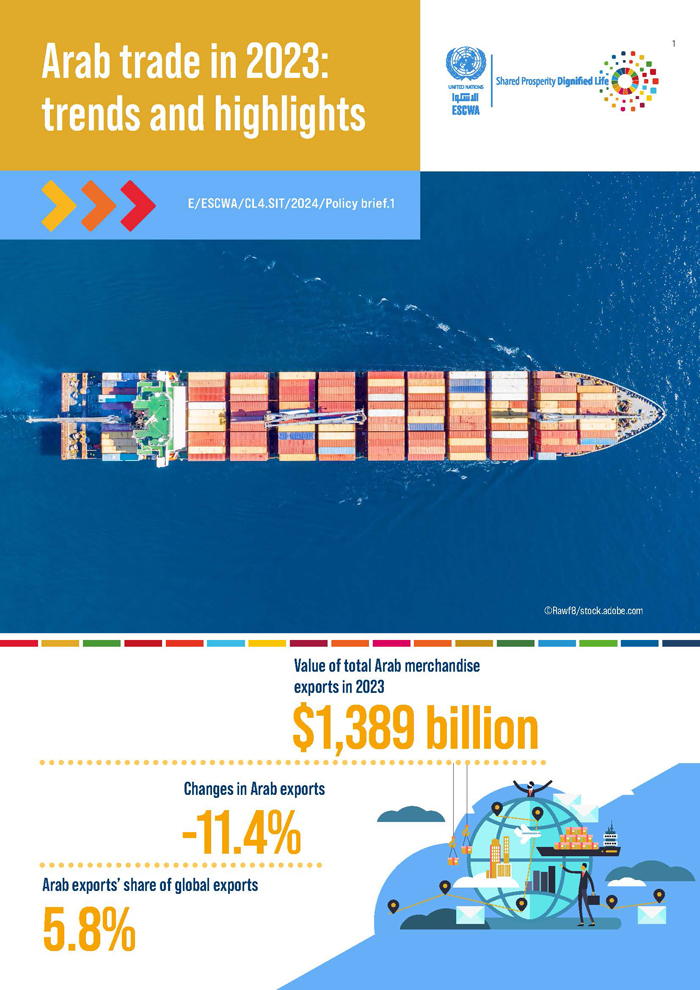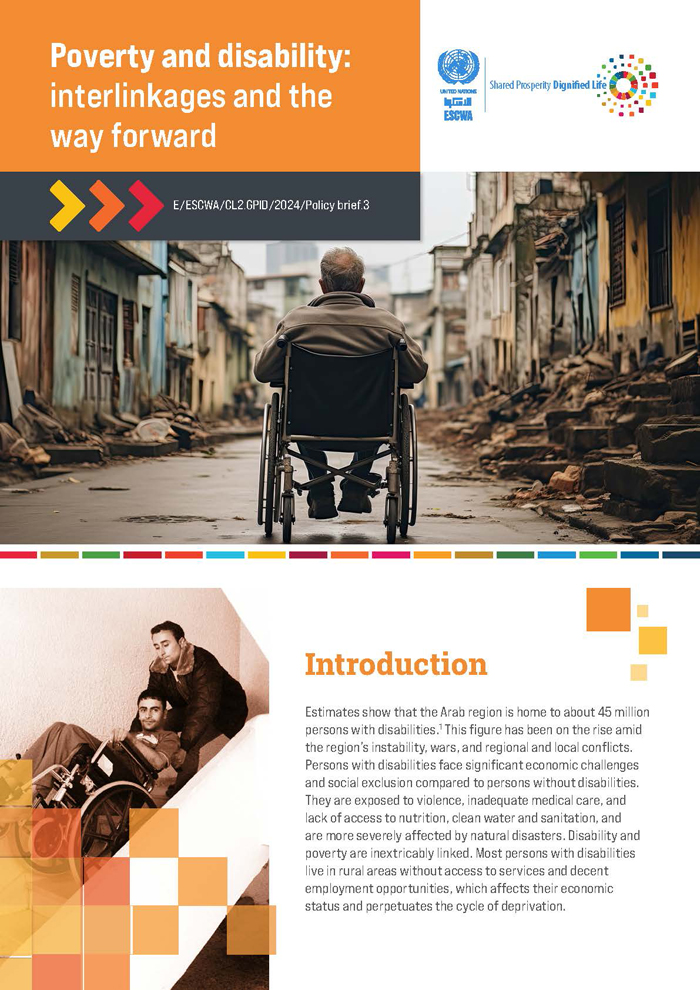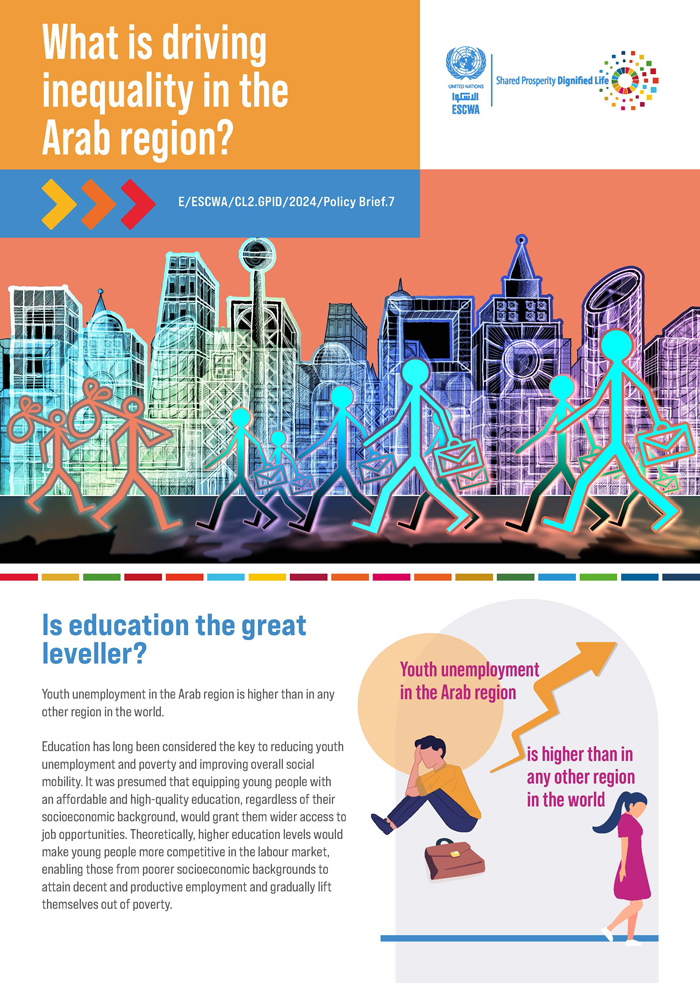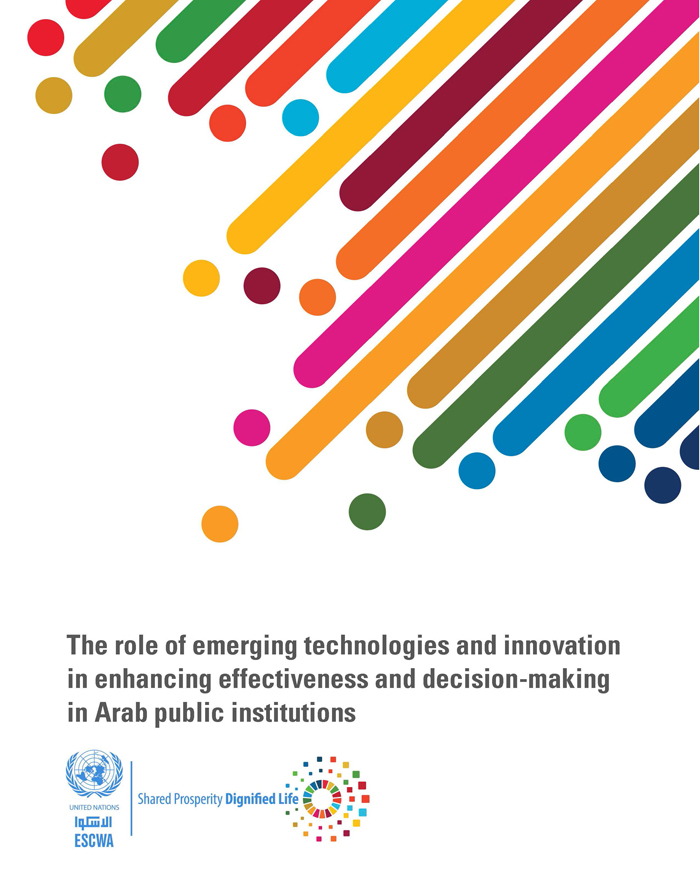
ESCWA Publication: E/ESCWA/SDD/2009/Technical Paper.9
Country: Arab region, People’s Democratic Republic of Algeria, Kingdom of Bahrain, Arab Republic of Egypt, Republic of Iraq, Hashemite Kingdom of Jordan, State of Kuwait, Lebanese Republic, State of Libya, Islamic Republic of Mauritania, Kingdom of Morocco, Sultanate of Oman, State of Palestine, State of Qatar, Kingdom of Saudi Arabia, Federal Republic of Somalia, Republic of Sudan, Syrian Arab Republic, Republic of Tunisia, United Arab Emirates, Republic of Yemen
Publication Type: Reports & studies
Cluster: 2030 Agenda and SDG Coordination
Focus Area: Inclusive development, Population dynamics & migration, Technology & innovation
Initiatives: Sustainable urban development
SDGs: Goal 11: Sustainable Cities and Communities
Keywords: Age distribution, Arab countries, Demographic statistics, Economic development, Fertility decline, Migration, Mortality, Population, Comoros, Demographic ageing, Demographic research, Djibouti, Fertility, Infant mortality, Life expectancy, Migration statistics, Mortality statistics, Population distribution, Population growth, Population size, Rural population, Rural-urban migration, Sex distribution, Urban population
The demographic profile of the Arab countries
January 2009
This issue of The Demographic Profile of the Arab Countries examines the trends in population size, growth and distribution in the 22 countries of the Arab region, highlights the course of fertility and mortality transitions, and discusses the implications of fertility transition on the population age structure during the period 1980-2050. It also studies the levels and trends in international migration during the period 1990-2010 with particular reference to labor migration. The second section of the report discusses the demographic and developmental implications of the youth bulge and showcases the impact of the emergent financial crisis on youth in addition to other population groups such as older persons and migrant workers. It is expected that the profile will help motivate policy-makers to adopt a holistic approach through integrating the demographic concerns generated in the aftermath of the current crisis into overall development strategies and plans.
Related content
Inclusive development
, Population dynamics & migration
, Technology & innovation
,
This issue of The Demographic Profile of the Arab Countries examines the trends in population size, growth and distribution in the 22 countries of the Arab region, highlights the course of fertility and mortality transitions, and discusses the implications of fertility transition on the population age structure during the period 1980-2050. It also studies the levels and trends in international migration during the period 1990-2010 with particular reference to labor migration. The second section of the report discusses the demographic and developmental implications of the youth bulge and showcases the impact of the emergent financial crisis on youth in addition to other population groups such as older persons and migrant workers. It is expected that the profile will help motivate policy-makers to adopt a holistic approach through integrating the demographic concerns generated in the aftermath of the current crisis into overall development strategies and plans.



